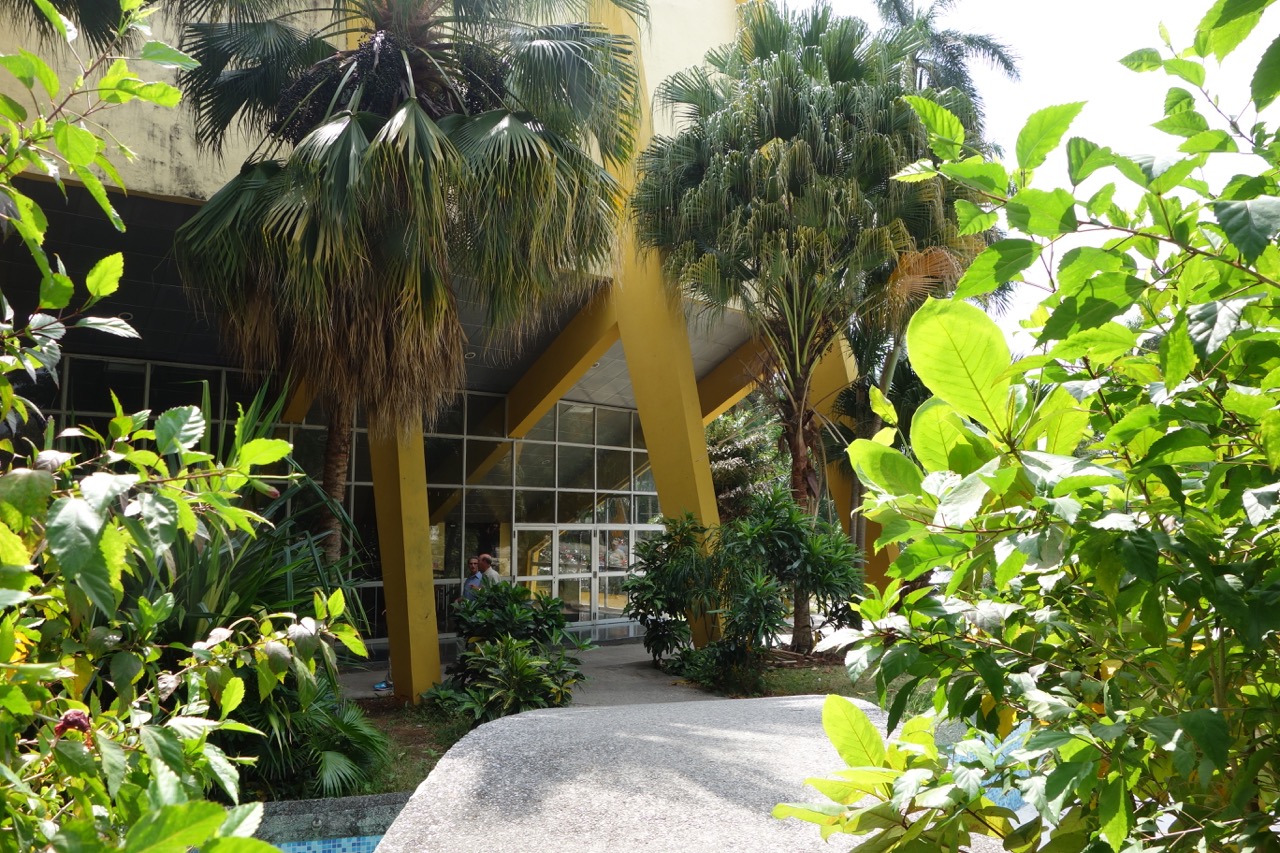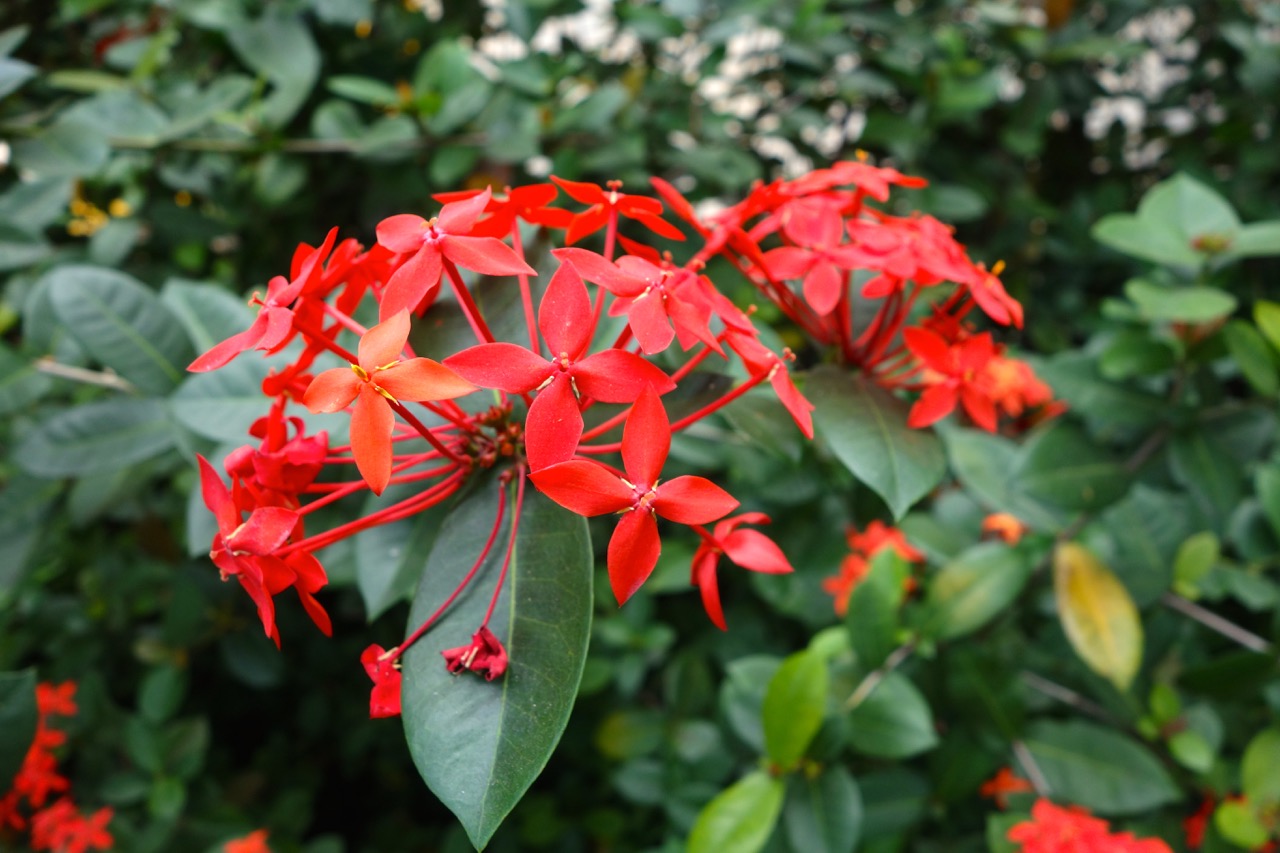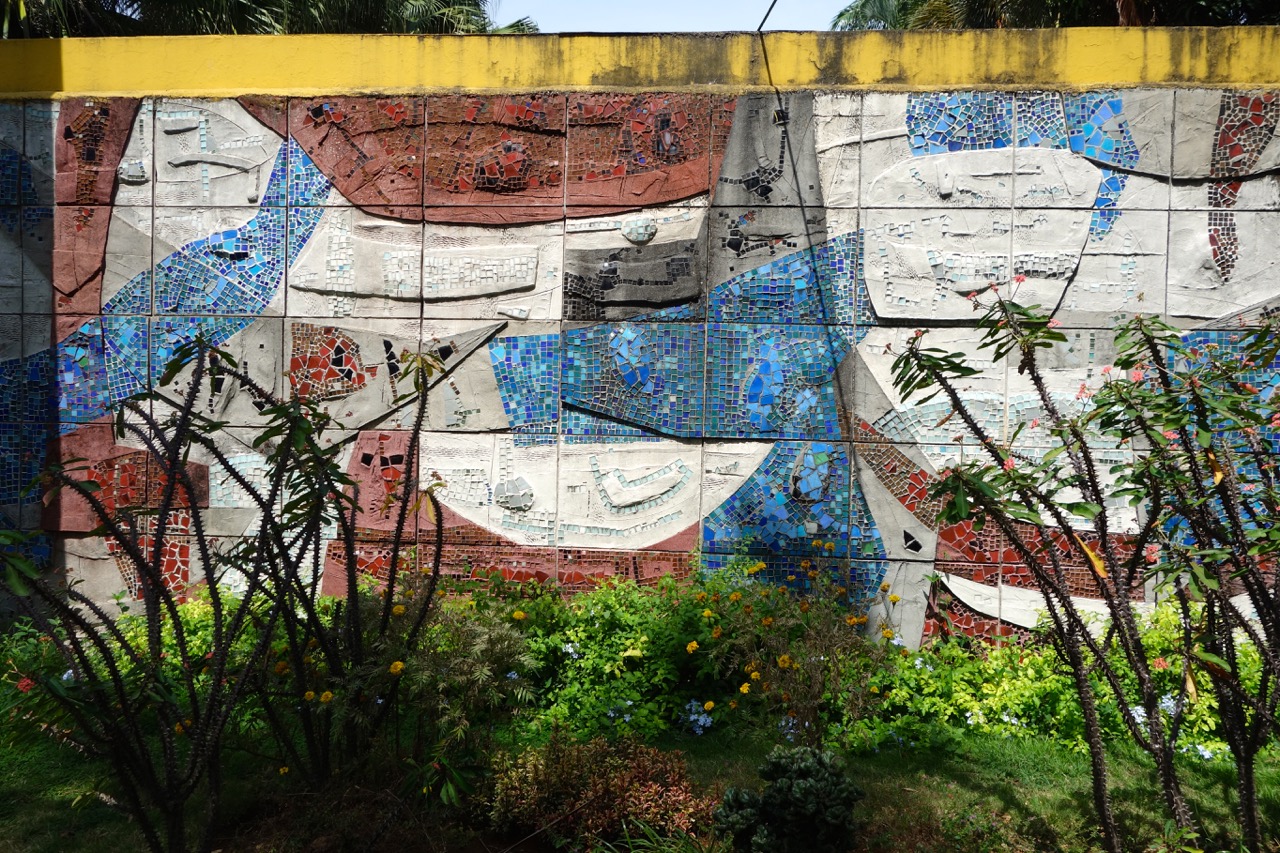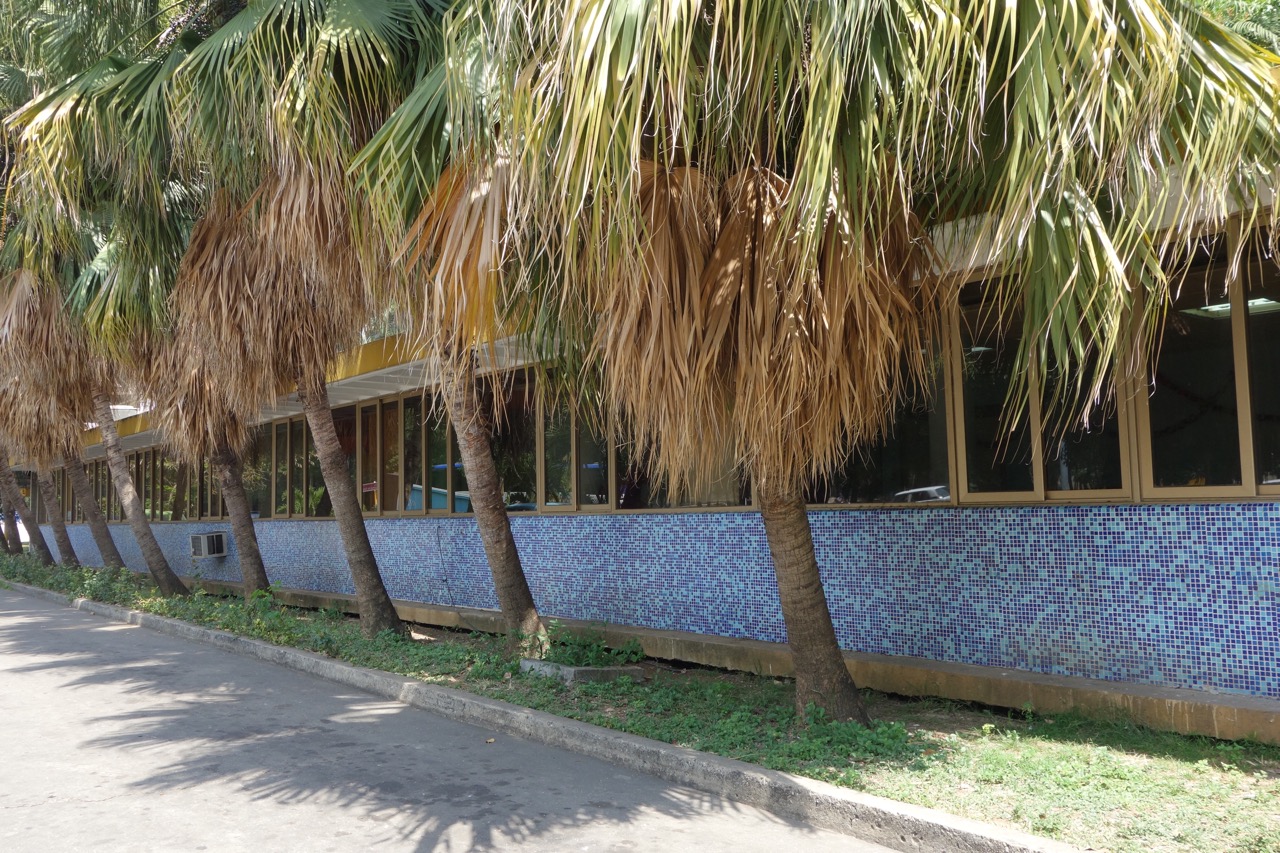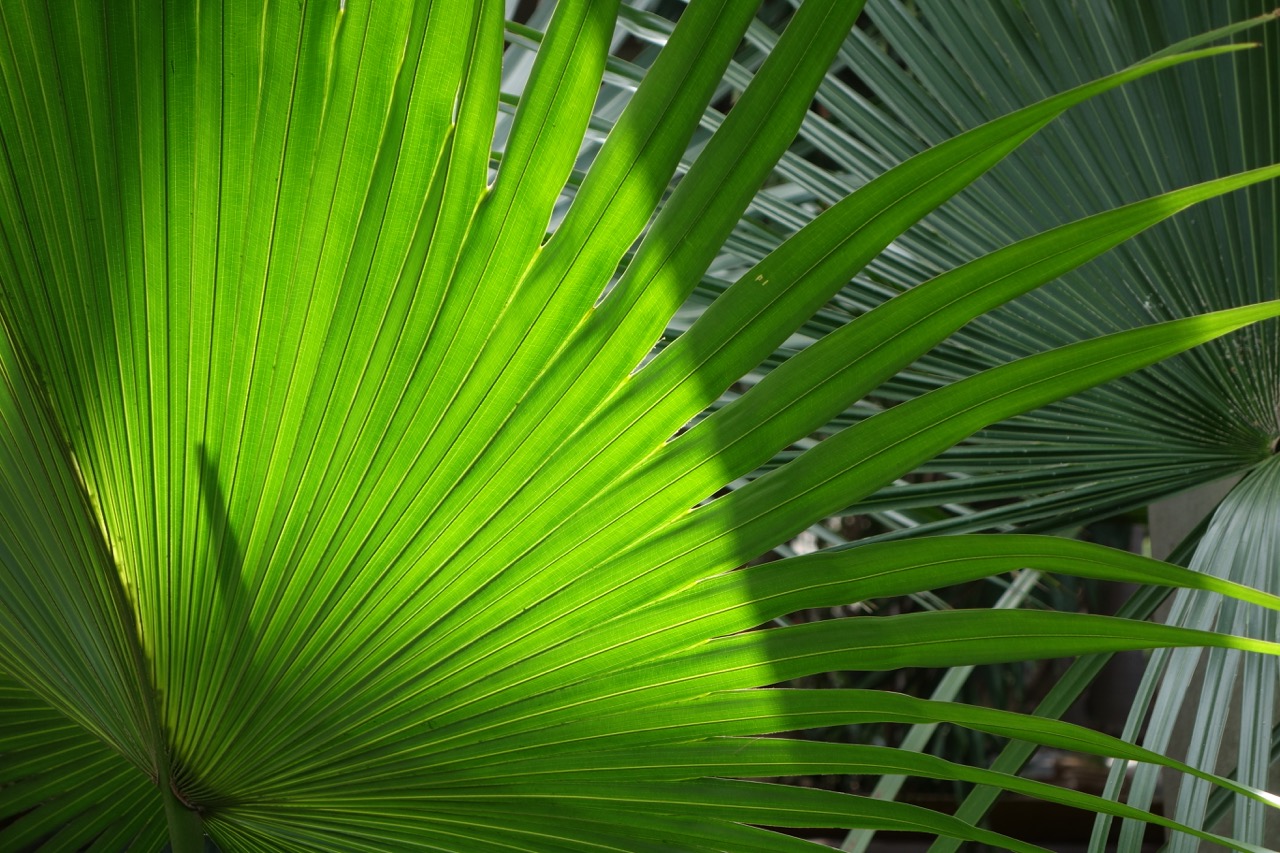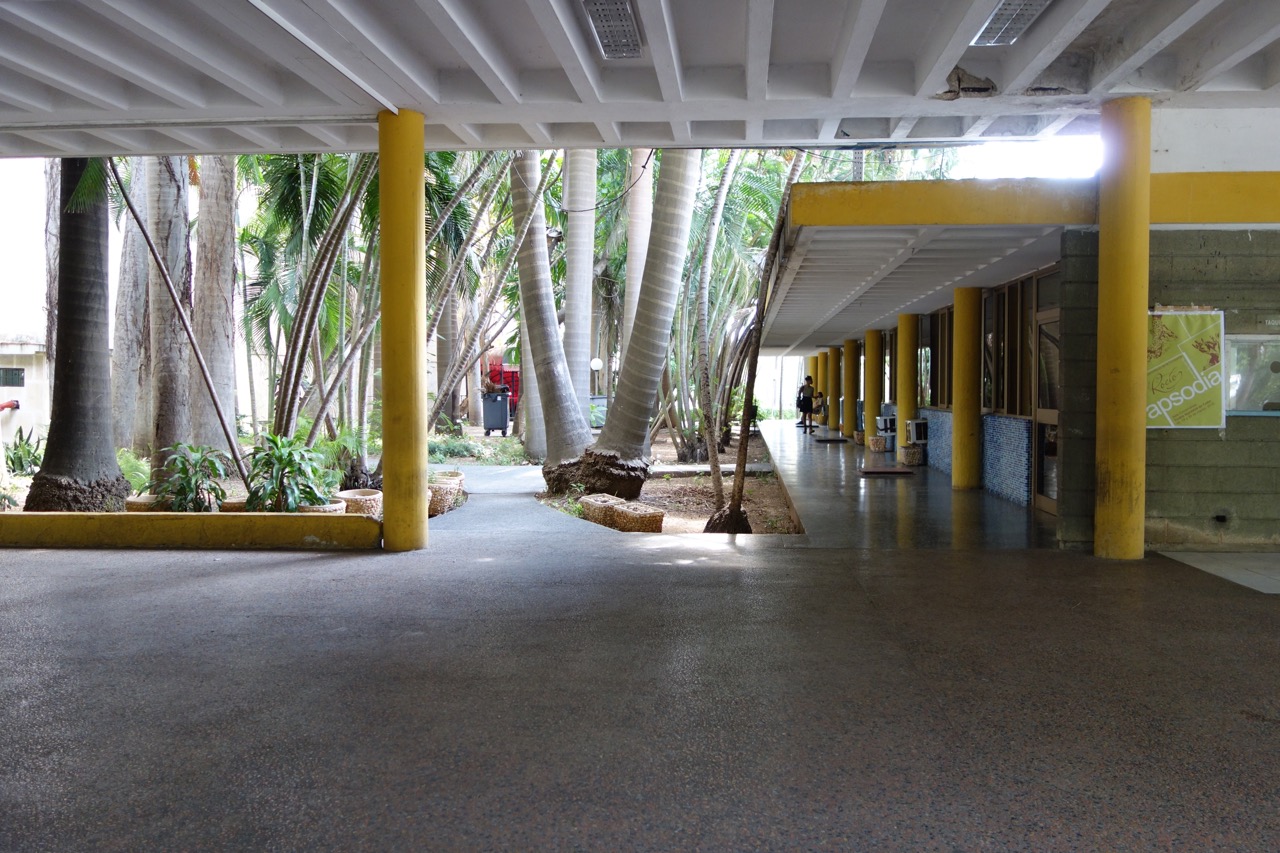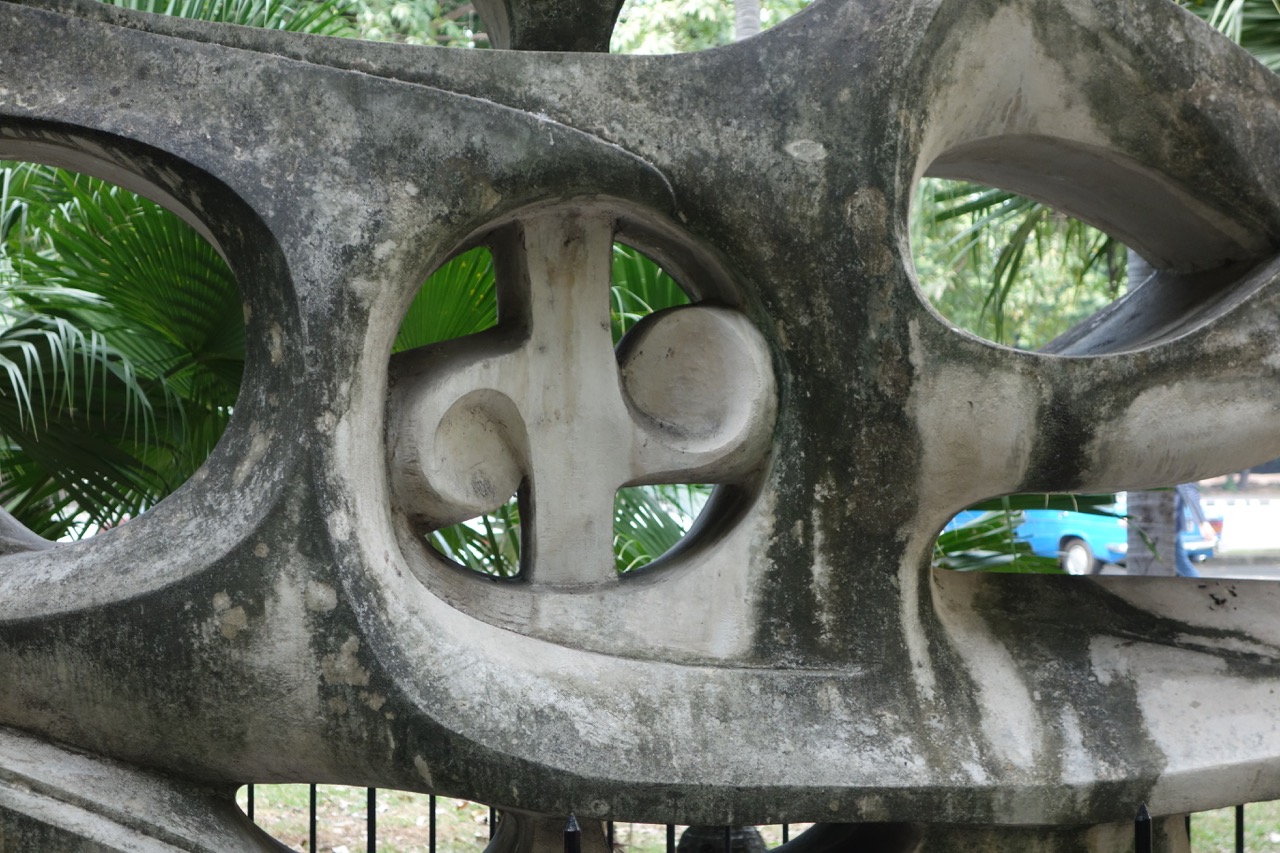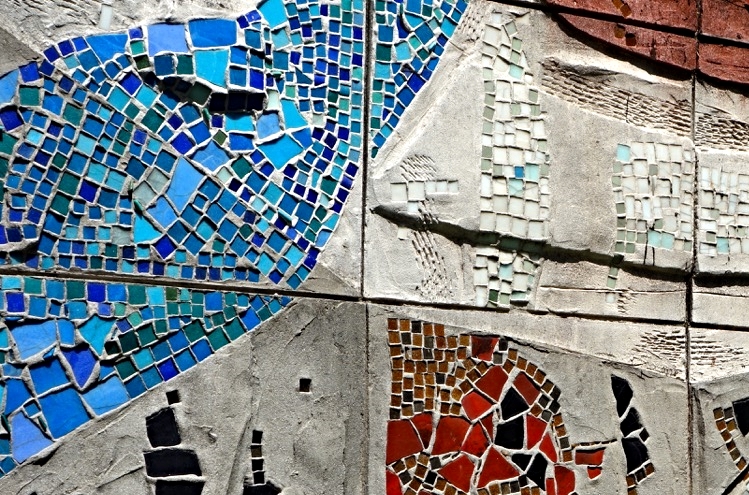Greetings from Cuba! Just back from a wonderful educational exchange focused on music, history, and nature with Lawrence University. And I’d like to share one of the gardens we visited on our trip: the Teatro Nacional de Cuba in Havana.
French landscape architect Jean Claude Forestier developed the master plan to beautify Havana. The plan included the location of the Teatro Nacional and this garden. Photo source: unknown.
The Teatro Nacional is one of the most important cultural institutions in the country; the modernist garden there represents key milestones in history of the island.
The garden is part of the Havana’s “city beautiful” movement. In the 1920’s, buoyed by success of its independence from Spain and its strong relationship with the US, Cuban President Gerardo Machado sought to make Havana the most beautiful city in Latin America. He hired French landscape architect Jean Claude Forestier to create the “Gran plan for La Havana.” The garden sits at the corner of one of the most important elements of the plan: the Plaza de la Republica. Designed as a large open space surrounded by the city’s most important institutions, the area was renamed Plaza de la Revoluccion in 1959. In addition to the National Theater, the space includes the Interior Ministry, Telecommunications Building, Jose Marti Memorial, and National Library.
1958 Travel Brochure. Source: vivacuba.jp
The garden’s specific design is the product of Havana’s 1950’s building boom. At that time, Havana was billed as the “Playland of the Americas” and tourism flourished. The theater was designed in the modernist style as a series of buildings connected by landscape. The main Avellaneda auditorium includes a convex façade punctuated by a ribbon window that faces the plaza. The garden welcomes visitors and provides spaces to slow down, meet friends, and prepare for the show. The work of important Cuban artists is beautifully integrated into the landscape, clearly part of the original design. These include Alfredo Lozano’s “Crisalda” (1959), Rita Longa’s “La muerte del Cisne” (1959), and Raul Martinez’s tile and concrete “Mural Formas Geometricas.”
A garden in a theater also gives us a chance to reflect on the important role that theater has played in Cuban history. Thousands of years ago, original settlers - the Guanahatabey, Ciboney, and Taíno people, put on performances to entertain and pass along traditions. After Christopher Columbus arrived in 1492, the Spanish used theater as a way to share European culture and to encourage the development of a Spanish identity. Continuing this tradition, the company at the Teatro Nacional, where this garden sits, is a socialist ensemble established in the 1950’s to spread the ideals of the 1959 revolution.
The gently arched bridge across the main fountain invites visitors to explore an area of lush plantings. A real contrast to the busy road and expanse of concete of the Plaza de la Revolucion behind me.
The garden also symbolizes one of the contrasts alive in Cuba today. Despite tremendous natural and intellectual resources, some things just don’t work. While the garden retains its original glamour and is clean and well cared for, the important main fountain looks as though it hasn’t worked in years.
This small garden offers a snap-shot of the history of Cuba: it recalls the ambition in the 1920’s to create a beautiful city; it remembers not only the roaring 1950’s modernist movement, but also the 1959 revolution; it reminds us of the important role of theater to create a sense of community, and it shows us that a garden can offer to that community a place to gather, relax, and prepare for the show.
Here’s to gardens and their stories!
Photo of the theater construction before the garden was installed. 1959 Source: bestguidecuba.com

